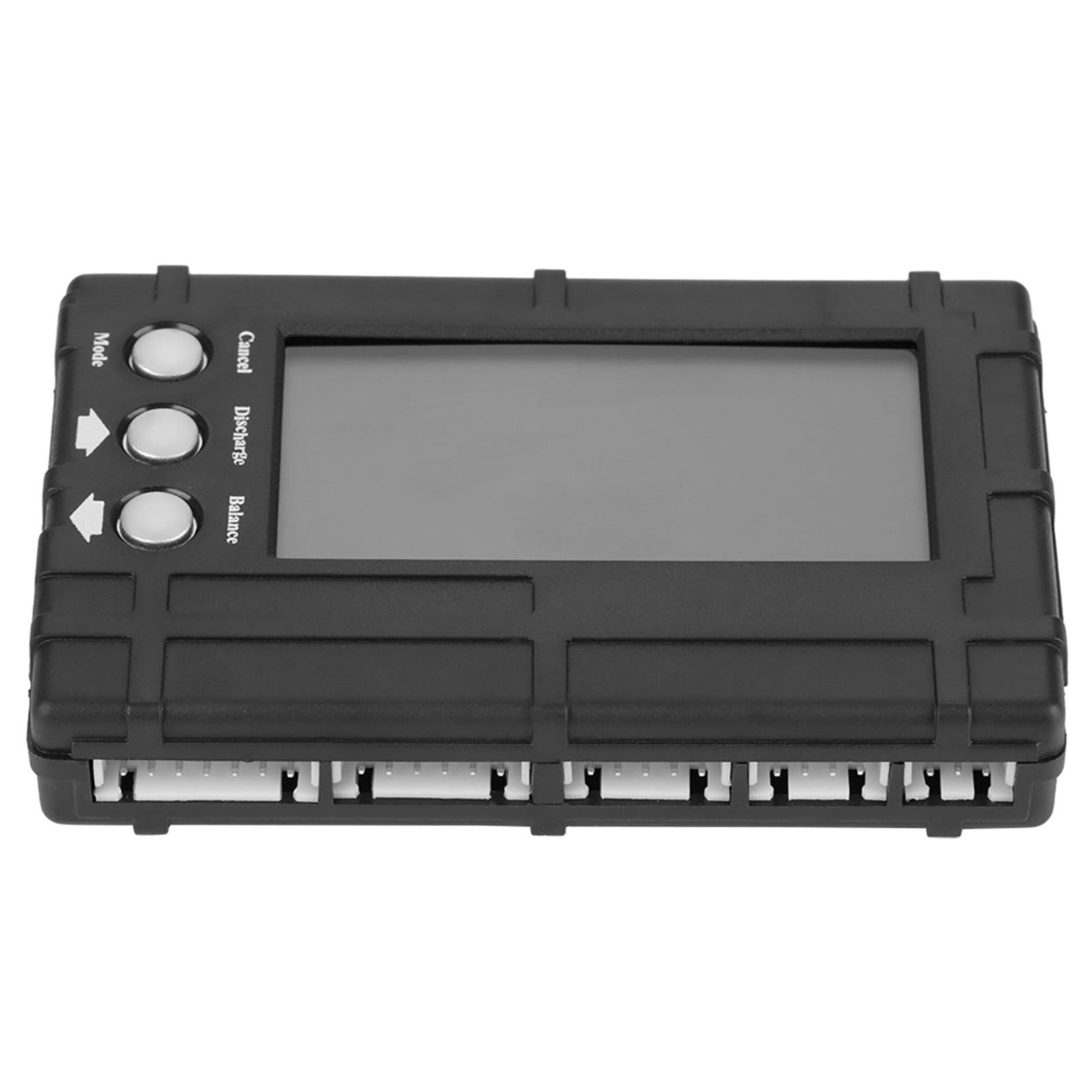Optimize Your Gadgets: Ways to Utilize a Cell Discharger Like a Pro
In today's world, where technology is deeply integrated into our daily routines, understanding how to manage battery health is crucial. A discharger for batteries can be a valuable tool for those wanting to maximize the longevity of their batteries and ensure reliable functionality. Whether you use batteries in smartphones, laptops, power tools, or any electronic devices, using a battery discharger effectively can lead to improved efficiency and reliability.
Many people overlook the importance of proper battery maintenance, often causing early breakdowns and lower performance. With proper use of a battery discharger, you can help calibrate your batteries, safely deplete them, and ensure they are primed for effective recharging. In this article, we will look into the best strategies to make the most of a battery discharger and help your devices thrive.
Understanding Accumulator Discharge Devices
A battery discharger is a instrument crafted to securely and properly drain a battery's energy. This process is crucial for multiple applications, such as restoring old batteries and ensuring that devices operate at optimal capacity. Knowing how a battery discharger functions is important for anyone seeking to maximize the use of their electronic appliances.
Using a battery discharger permits you to track the voltage levels and discharge the battery at a consistent rate. This controlled discharge is helpful because it avoids harm to the battery and prolongs its lifespan. Many dischargers are loaded with capabilities to instantly cut off when the battery hits a particular voltage, ensuring safety and efficiency while maintaining battery integrity.
When integrating a battery discharger into your workflow, it’s crucial to choose one that aligns with the exact type of battery you are utilizing. Different batteries, such as Nickel-Metal Hydride, Li-ion, or lead-acid, have unique characteristics and specifications. Understanding these nuances will enable you to handle a battery discharger like a pro and maintain your devices running smoothly for long times.
Guidelines Manual to Using a Battery Discharger
To begin utilizing your battery discharger properly, begin by confirming you have the right discharger for the type of battery you aim to operate. Check the specifications to confirm that the discharger is compatible with your battery type, be it lithium, nickel-cadmium, or lead-acid. Once you have the suitable discharger, attach it to the battery terminals carefully, ensuring right polarity. Ignoring this detail can lead to harm to both the battery or the discharger.
Afterward, establish the preferred discharge parameters on your battery discharger. This typically includes selecting the discharge rate and cut-off voltage. The discharge rate can vary based on the battery's capacity and your planned application. Ensure to set the cut-off voltage to avoid over-discharge, which can greatly shorten the lifespan of the battery. After configuring these settings, verify your connections and parameters before starting the discharge process.
In conclusion, initiate the discharge process and keep an eye on the operation periodically. Keep an eye on the battery discharger's display for any warnings or adjustments needed during the discharge. Once the discharge finishes, disconnect the discharger from the battery quickly to prevent any potential issues. You can now review the discharge data if your device captures it, which assists in assessing the battery's health and capabilities.
Tips for Improving Battery Performance
To achieve the most out of your battery discharger, it is crucial to pick the right discharge rate for your specific battery type. Different batteries have distinct capacities and discharge needs, so always refer to the manufacturer's instructions. A lower discharge rate can aid preserve the battery's life and ensure that it performs at its best when needed. By adjusting the settings on your discharger, you can customize the process to fulfill these specifications, guaranteeing you do not strain the battery during discharge.

Frequent maintenance of both the battery and discharger can significantly enhance performance. Clean the terminals of the battery and verify the contact points of the discharger are free from rust and grime. This supports maintain a good connection, which is essential for accurate discharge readings and effective energy transfer. Additionally, regularly check the discharger's calibration to ensure it is functioning correctly, as a malfunctioning discharger can provide misleading results and ruin your battery.
Lastly, keep an eye on the temperature during the discharging process. Batteries can generate heat while discharging, which can affect their longevity and efficiency. Confirm that your discharger is in a well-ventilated area and monitor the temperature closely. If the battery becomes excessively hot, think about stopping the discharge process and allowing it to reach a certain temperature. Managing heat effectively not only prolongs the battery's life but also ensures that you get dependable performance from your devices.